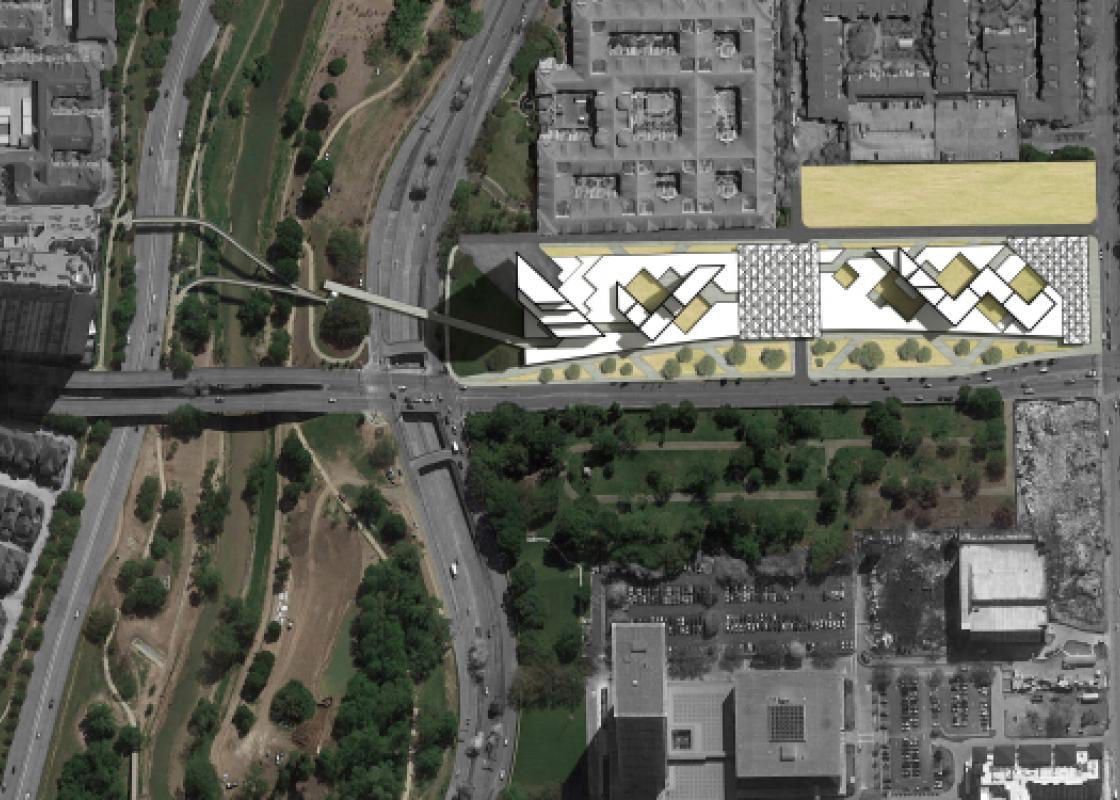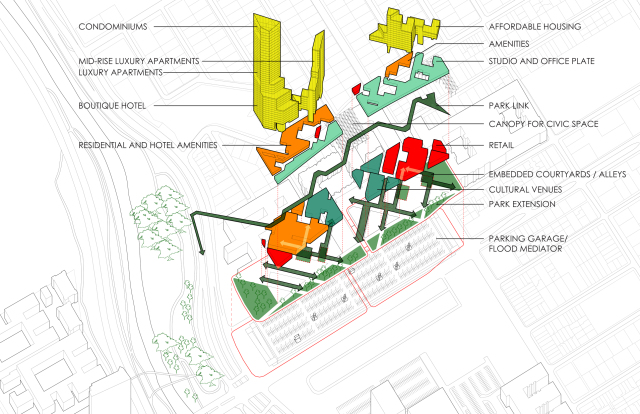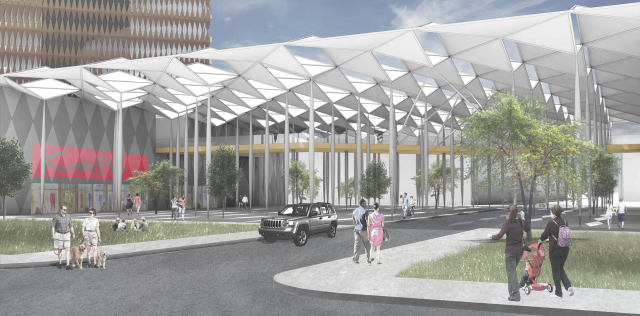Texas is not a safe place to walk and bike. According to the National Complete Streets Coalition's 2014 report, "Dangerous by Design," Houston ranks seventh with respect to the likelihood of a pedestrian being struck and killed.
Making Houston safer for "vulnerable road users," as pedestrians, cyclists, and others are described in the language of the 2013 "Safe Passing Ordinance," is a complex problem that requires behavioral changes and urban design. The entire experience of the city --- getting from your front door to your neighborhood street to your office to your watering hole to your favorite park --- must come together in a more convenient, more pleasurable way in order to draw people out of their cars. The completion of the bayou greenways will go a long way toward that making that possible.
For now, though, as design critic Karrie Jacobs once found when she tried, and failed, to get from Hotel ZaZa to Hermann Park for a morning run, there are too few infrastructural connections to our parks and trails that don't require risky at-grade negotiations. A tunnel at the Bill Coats Bridge that connects Hermann Park underneath South MacGregor Way is one example, but I can't think of many others that get those vulnerable road users --- literally --- out of harm's way.
In January, Tiger Lyon and Ryley Poblete, two designers at Gensler, took on this complex problem as a design exercise. They debuted their work at #ByDesign, an exhibition of speculative projects that Gensler's teams had been working on in their studios --- visions for industrial ruins, shuttered hotels, and other underused sites. Reviewing the exhibition, Nancy Sarnoff at the Houston Chronicle wrote: "What they came up with could offer a glimpse into the way buildings are designed in the future."
Lyon's and Poblete's project, "Integrated Urbanism," is a mixed-use development with a hotel, retail spaces, cafes, offices, and apartments. Their site is a sloping, 11-acre, flood-prone parcel at Allen Parkway and Montrose --- property owned since 2006 by the Aga Khan Foundation, which has built a cultural center on land it owned in Toronto instead. The site is most famous for being the overgrown backdrop for Juan Carlos the Rollerblade Dancer as he entertains the stoppers-and-goers.
It's a good idea: most of the buildings along Allen Parkway are residential, so mixing in some commercial activity, some restaurants, some offices, and a hotel overlooking Buffalo Bayou makes sense. The commercial success of lifestyle centers like the River Oaks District and CityCentre demonstrate that mixed-use projects work in Houston. But most interesting to me about the design is what the section drawing above labels a "park link" and Poblete calls a "second-level connector" --- a pedestrian bridge!
Lyon and Pobelete describe that link as a "pedestrian highway" that would begin with an at-grade on-ramp at a civic plaza facing West Dallas, then zigzag as a series of "alleyways" and "courtyards" all the way through the development, extend out over Allen Parkway, and come to an end safely inside Buffalo Bayou Park, just east of Jaume Plensa's Tolerance sculptures. Citing the influence of the "vertical piazza" of the Spanish Steps in Rome and the Weiss/Manfredi Olympic Sculpture Park in Seattle, Lyon compares the zigzag finally to a High Line-like piece of elevated infrastructure. It would, in short, create a sequence of interactive public spaces through the development and provide access across for all to the park.
What's exciting about this is that punch, that projection, past the boundaries of private property into the public realm. Even our best mixed-use projects tend to be islands --- walkable from within, once you arrive, but disconnected from the city. Houston, it seems, is good at fences, less so at bridges. Today, getting across Allen Parkway --- despite the construction underway to slim it down, green it up, and restore what has since become Allen Speedway to a more moderate parkway --- is a harrowing experience most often compared to Frogger. Unfortunately, the lovely greenspace of Buffalo Bayou Park is choked off by a scary high-speed ring of grayspace. Though two pedestrian bridges were part of SWA Group's masterful master plan for the bayou, both provide access to the park's trails and amenities only from the north. It's a disconnect, Lyon and Poblete say, caused by infrastructure. Or a lack of it. Maybe, as Sarnoff prognosticates, this type of projection from the private into the public will be how we design buildings in the future.












